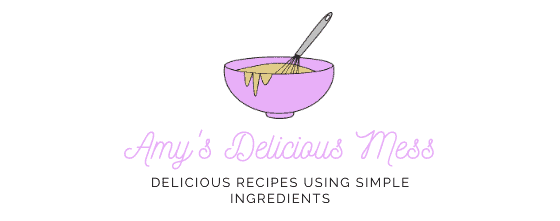There is nothing better than the smell of bread baking in the oven. Really it could be any type of bread, but this Japanese Milk Bread (also commonly known as Hokkaido milk bread) is especially good. There’s just something about the combination of the slightly sweet and milky dough that is magical.
If you have been following me for a little while, then you know that my go to is usually English Muffin Bread. These breads are polar opposites but I really like them both.

This post may contain affiliate links. If you purchase through these links, I may receive a commission at no extra cost to you.
This milk bread is so soft and fluffy that you could even use it as a pillow! The addition of tangzhong (a thick cooked roux) allows this bread to stay fresh for days. I was first introduced to tangzhong by Tim, he found a bread recipe that included it and has made it several times.
Generally Tangzhong (also known as a water roux) is made by cooking down liquid and flour into a thick roux. This version uses a combination of milk, water and flour.
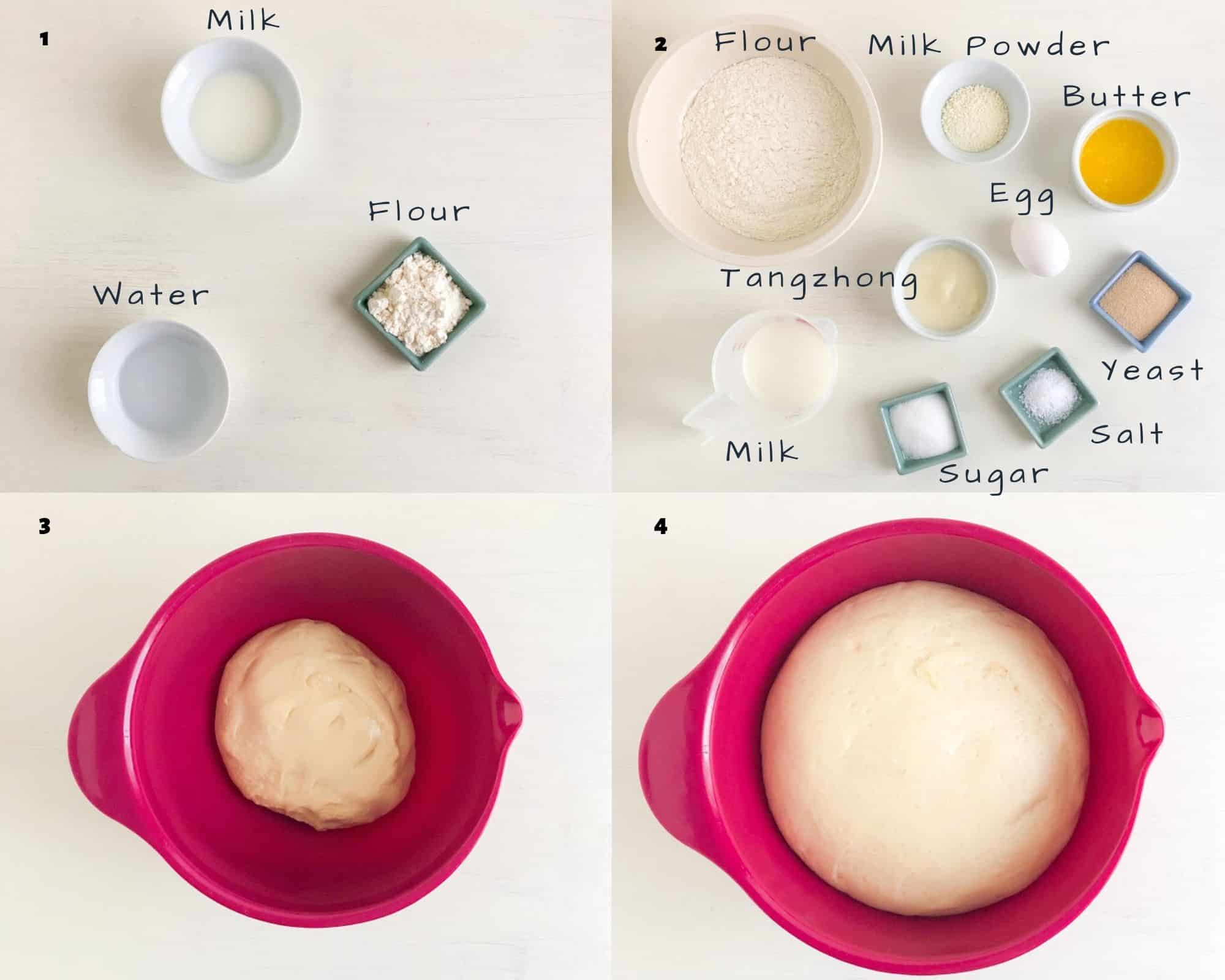
2. Bread dough ingredients
3. Bread dough after mixing
4. Bread dough after first rise
At first this recipe may seem complicated, but it’s really not. The mixer does a lot of the heavy lifting. It is a little time consuming, but I promise you that it’s worth the effort.
Normally with bread that has been sitting out for a couple of day, I will always toast it. This bread is different, it was still soft a few days later and I would eat it untoasted. Maybe I’m a bread snob, but I will usually only eat fresh bread untoasted so this says a lot!
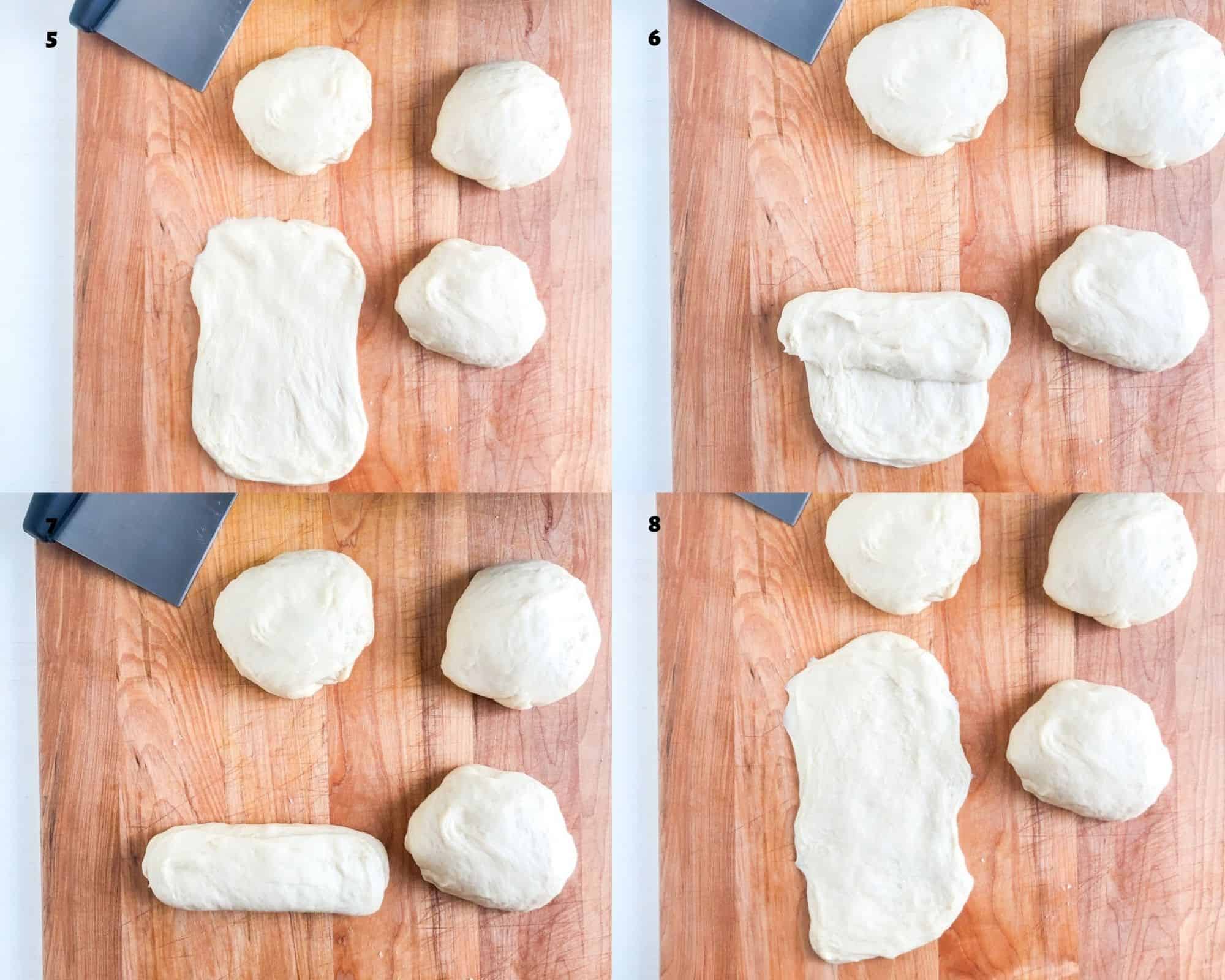
6. Fold dough half way on itself
7. Fold other half of dough on itself, folding like you would a letter
8. Flatten the dough out to a rectangle again
Modifications to the original recipe
The original Japanese Milk Bread recipe is from King Arthur and it’s a great recipe, but I changed it for our tastes. Generally milk bread is a little on the sweeter side, but we felt this was too sweet for what we wanted. So I ended up cutting the sugar way down.
The original recipe calls for bread flour. I don’t know about you but we don’t generally have bread flour around. I wanted to make this into a bread that anyone could make with a few simple ingredients that most people have on hand. So I used all purpose flour instead.
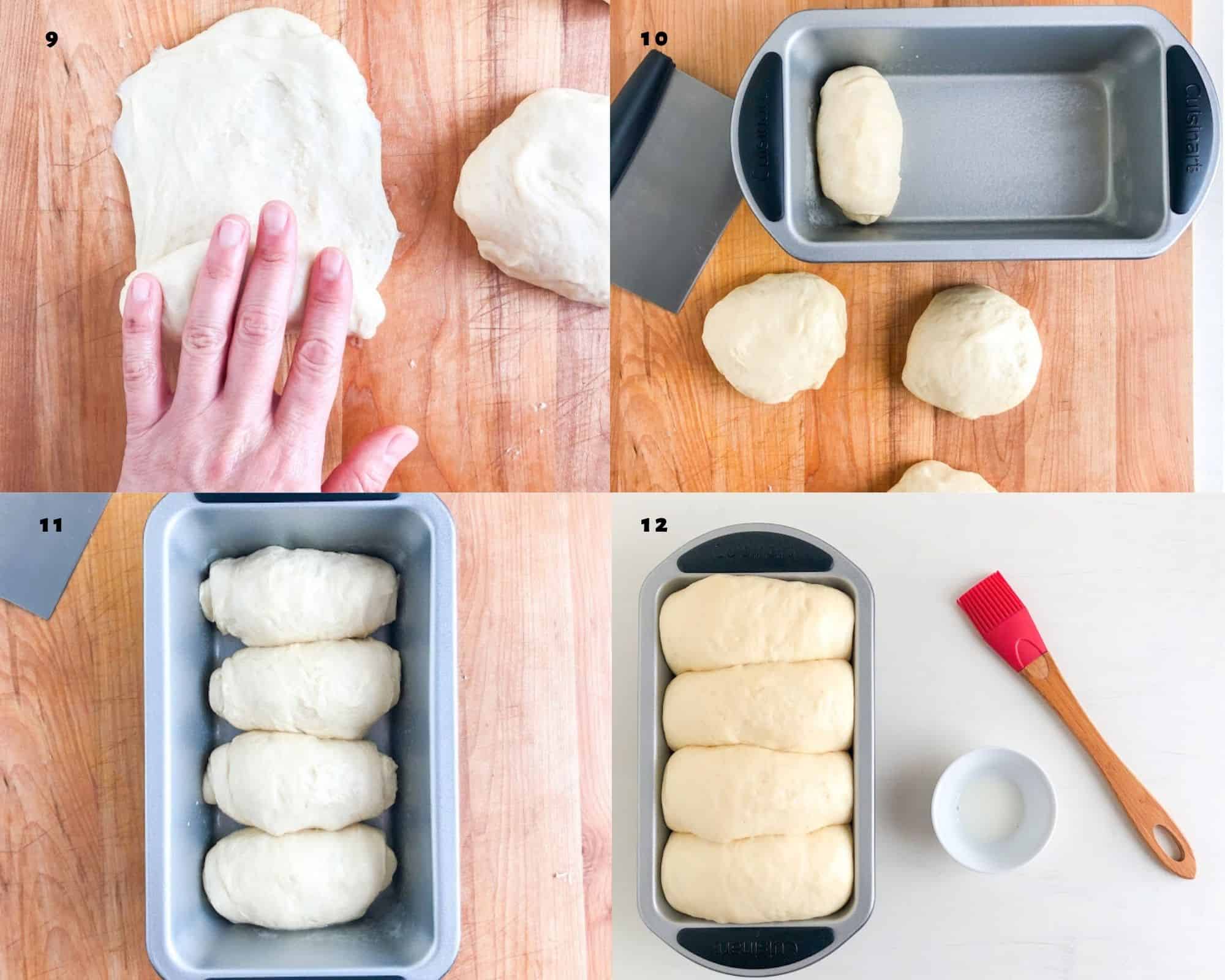
10. Place the dough seam side down into a greased loaf pan
11. Repeat with the 3 remaining dough pieces and let the dough rise a second time
12. Once the bread is ready to bake, brush with milk before placing in the oven
What kind of milk can you use in milk bread? I have tested this with both 1% milk and a milk alternative. There was no noticeable difference between the finished products. So feel free to use whatever milk you have on hand.
What kind of yeast to use? Originally the recipe calls for instant yeast, but we only have active dry yeast. I did a straight replacement with the instant yeast and didn’t have any issues. I’ve read that you need to hydrate active dry yeast before using, but I never have. Maybe I just get lucky with my recipes? Regardless, use what you have on hand. Did you know that you can freeze yeast to extend its shelf life? We buy a big package so we can have it on hand. We have been baking much more bread lately, and I can’t say that I’m mad about it.
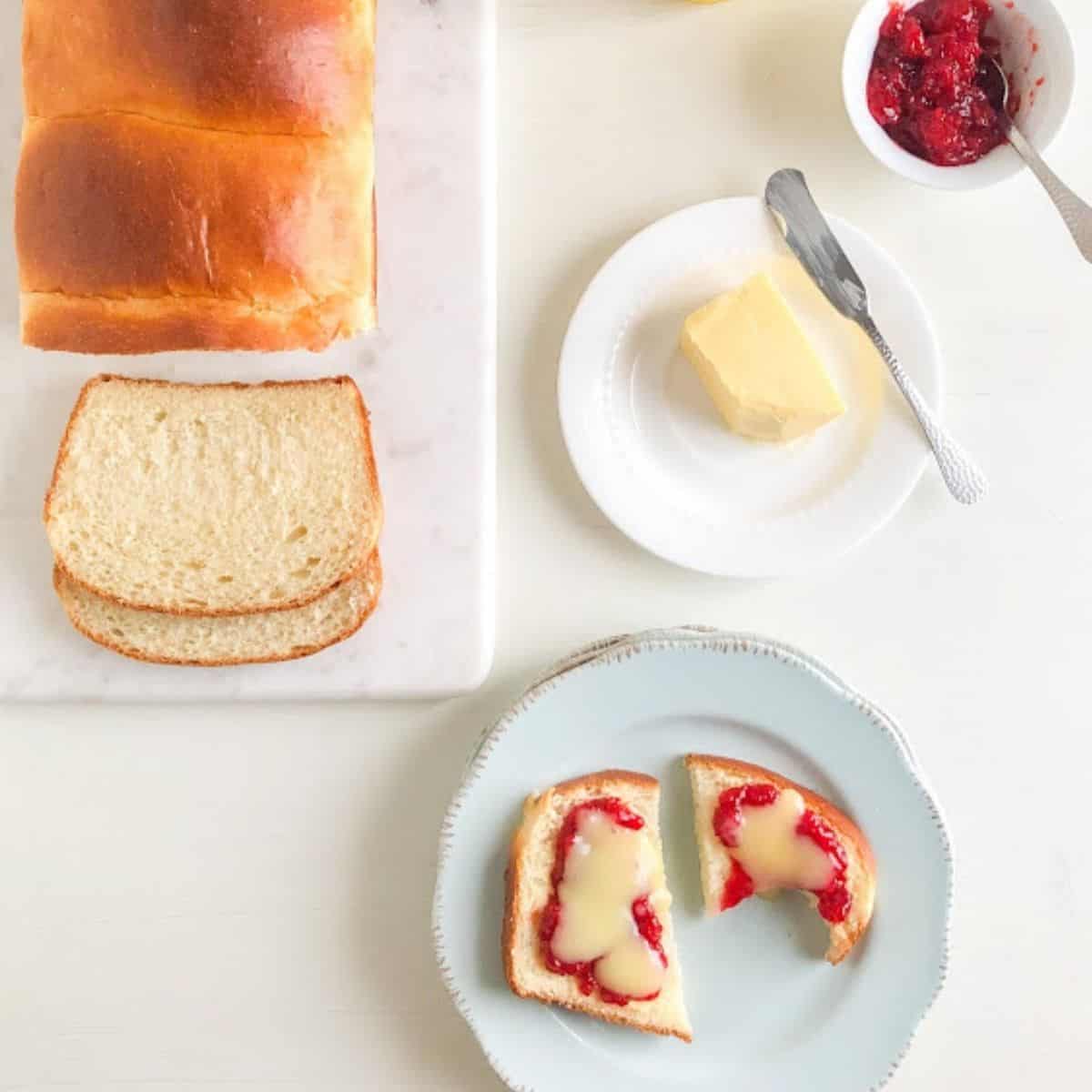
What can you serve milk bread with?
This bread is very versatile and because it’s not as sweet as traditional milk bread, you can use it for more things. It can be served toasted along side some eggs and turkey sausage. You can use it for breakfast sandwiches or avocado toast. These are both some of my favorite options.
Serve with some jam and lemon curd or lime curd. Use it for sandwiches or just enjoy it plain or with a little butter.
Since this bread is so light, I wouldn’t recommend using it for French toast or bread pudding. My thought is that the bread would just dissolve into mush.
Made this recipe? Be sure to comment below and rate the recipe. I’d love to hear what you thought about it!
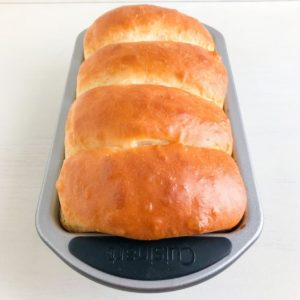
Japanese Milk Bread
Ingredients
Tangzhong
- 3 tbsp water
- 3 tbsp milk, 1% or milk alternative (see notes)
- 2 tbsp all purpose flour, or bread flour
Dough
- 2 1/2 cups all purpose flour, or bread flour
- 2 tbsp nonfat dry milk
- 1 tbsp granulated sugar
- 1 teaspoon kosher salt
- 1 tbsp active dry yeast, or instant yeast (see notes)
- 1/2 cup milk, 1% or milk alternative
- 1 large egg
- 4 tbsp unsalted butter, melted
Instructions
To make the tangzhong
- In a small sauce pan, add the water, milk, and flour. Whisk until there are no lumps.
- Place the saucepan over low heat and cook the mixture, whisking constantly, until thick and the whisk leaves lines on the bottom of the pan, about 3 to 5 minutes.
- Transfer the tangzhong to a small bowl and allow to cool until it is lukewarm.
To make the dough
- In the bowl of a stand mixer fitted with paddle attachment, combine all of the dough ingredients and tangzhong. Mix until all the ingredients have just combined together, about a minute. Switch to a dough hook and continue mixing until the dough becomes smooth and elastic. This will take about 10-15 minutes.
- Lightly grease a large bowl with oil and transfer the dough into the bowl. If you can shape the dough into a ball before transferring. Cover with a towel and allow to rise for 60-90 minutes. The dough should be about doubled in size.
- Gently deflate the dough and divide it into four equal pieces. I used my scale to weigh out the dough, but you can just approximate if you don't have one.
- Flatten each piece of dough into a 5" x 8" rectangle. With the short end toward you, fold the dough onto itself to the middle. Then fold the other end of the dough onto itself to the middle. You are essentially folding the dough like you would a letter. Flatten the folded pieces into a 3"x6" rectangle. Starting with a short end, roll up each piece into a log.
- After rolling, place each log with the seam side down, into a lightly greased 9×5-inch loaf pan.
- Loosely cover the loaf with a towel and allow it to rise for 40 to 50 minutes, or until it has risen to the past the top of the loaf pan.
- Towards the end of the rising time, preheat the oven to 350°F.
- Once the bread is ready to bake, brush the top of the loaf with milk. Bake for 30-35 minutes or until the top is golden brown and the internal temperature reaches 190°F. If your bread is not done but the top is too brown, cover with foil for the remaining time.
- Remove from the oven and allow to cool for 5-10 minutes before transferring to a cooling rack to cool completely.
Notes
- I have made this bread with both 1% milk and macadamia nut milk. Both have turned out great so you should be able to use a milk of your choice.
- The original recipe calls for bread flour, but I have always used all purpose flour without any issues.
- The original recipe calls for instant yeast, but I’ve always used active dry yeast. I use it interchangeably and have never had issues. That being said, I know most recipes will have you bloom active dry yeast first.
- This bread will keep fresh for 5-7 days in an airtight container on the counter. You can also freeze this for longer storage.

If you make any of my recipes, be sure to tag me on Instagram @amysdeliciousmess and use #amysdeliciousmess. I’d love to see all of your pictures!
Don’t forget to sign up for my emails to get all of the latest and greatest recipes!

